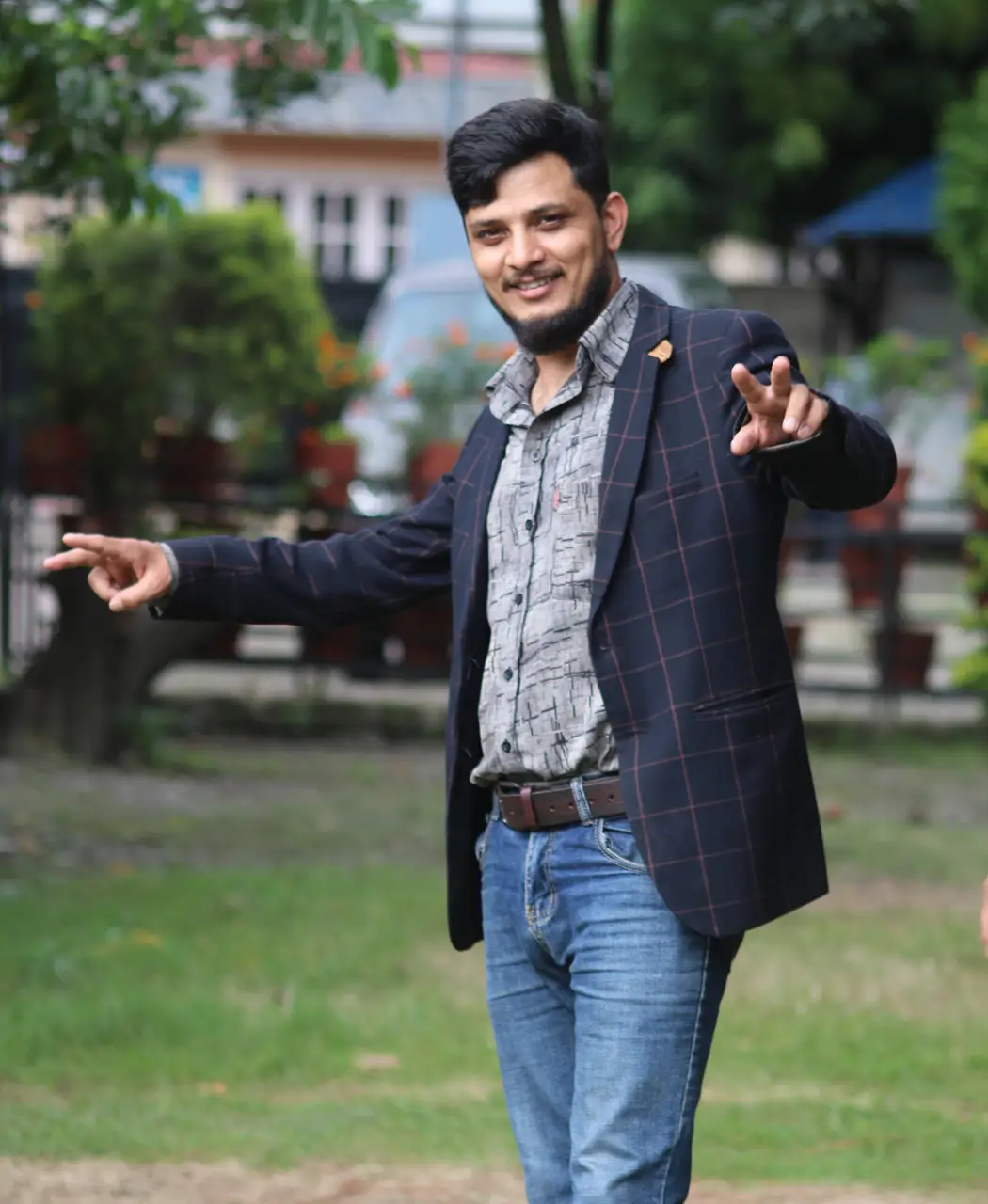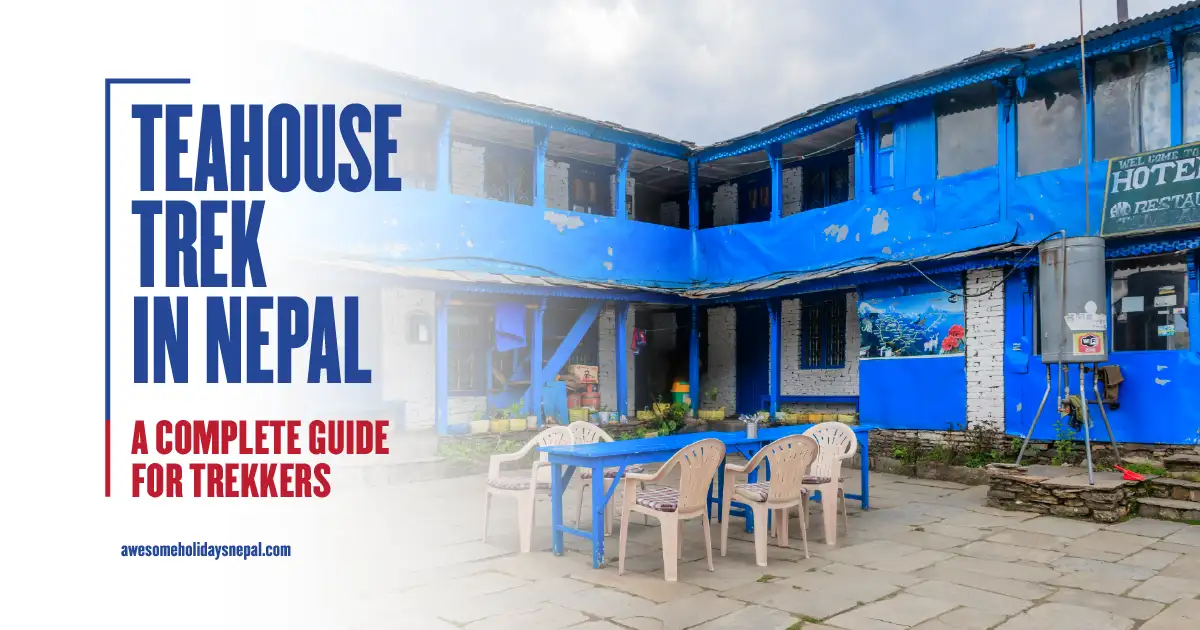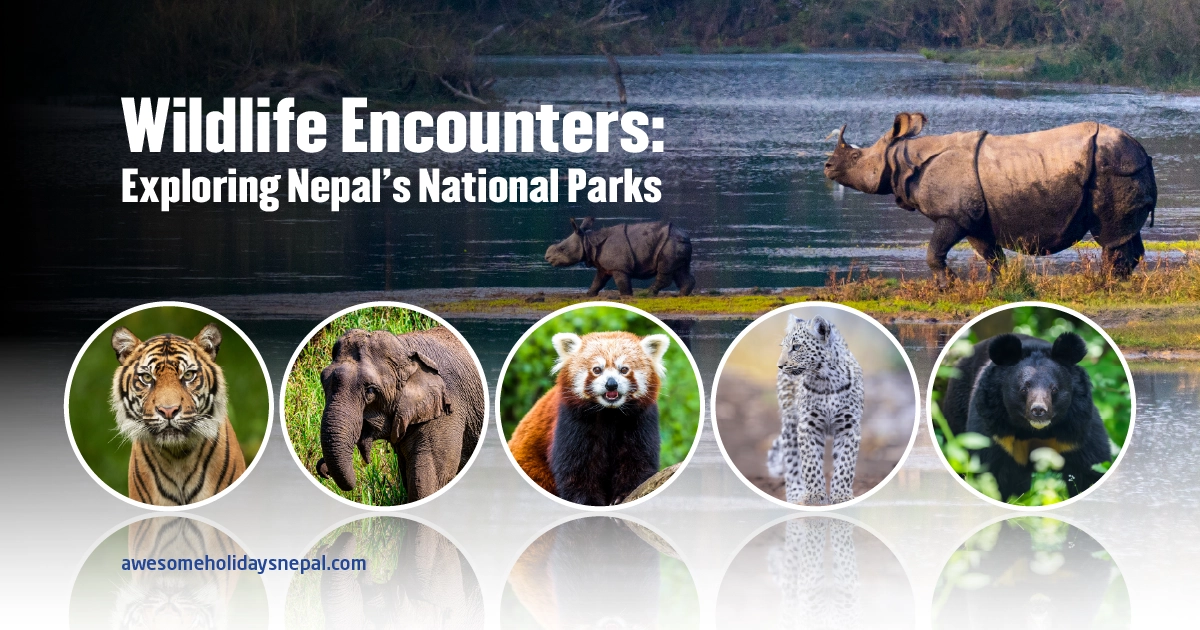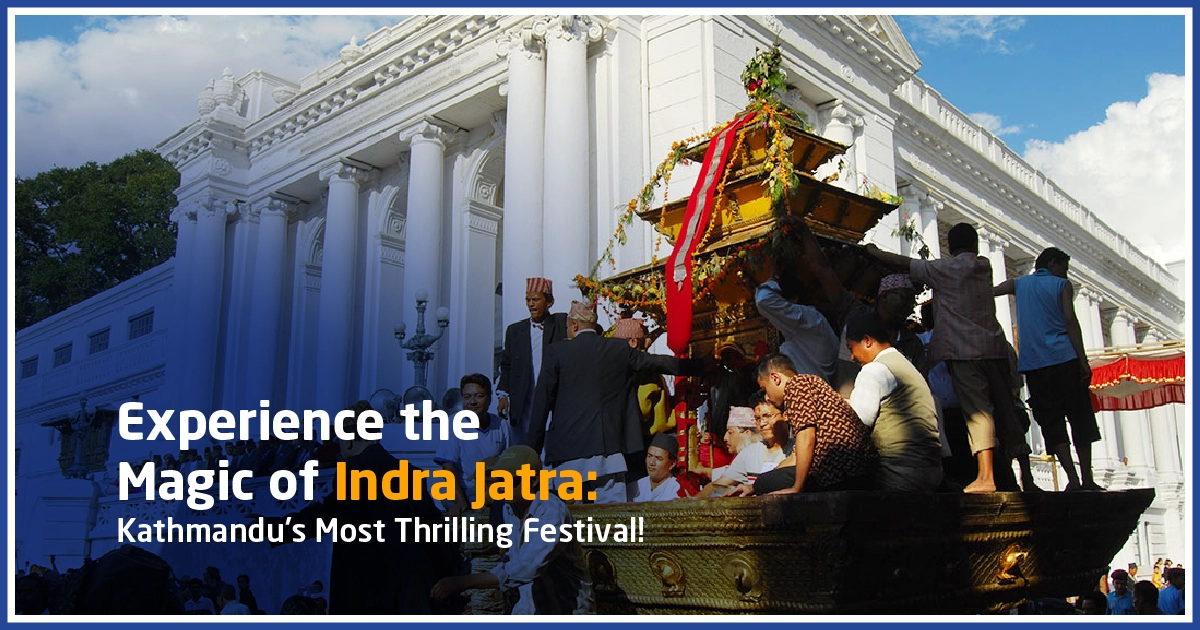Aftermath of Nepal Earthquake on Langtang Valley: An Epic Tale of Resilience and Revival
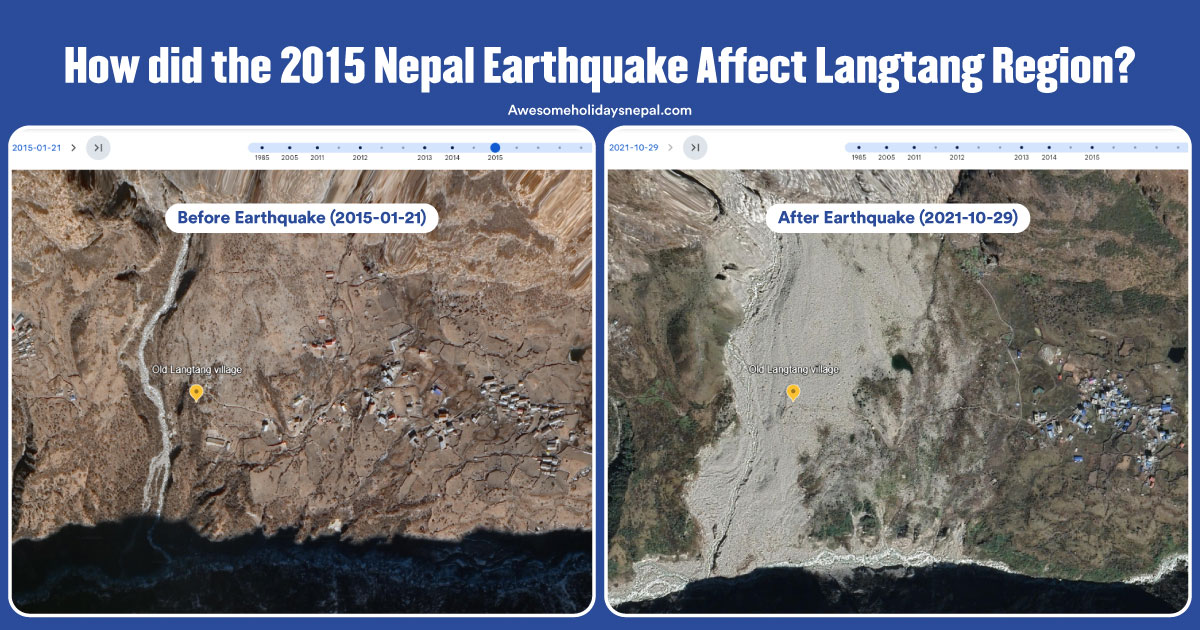
On April 25, 2015, Nepal witnessed one of its strongest 7.8-magnitude earthquakes, which triggered a devastating avalanche in the Langtang region.
Langtang Valley, a pristine alpine paradise renowned for its breathtaking beauty and rich cultural heritage, was hit by the Nepal earthquake in 2015, followed by an avalanche that swept the entire valley and covered it under ice, rocks, and debris. More than 400 people, including locals and trekkers, tragically lost their lives in this disaster.
Let’s learn a little more about how the Nepal earthquake affected Langtang Valley.
Nepal Earthquake of 2015: A Cataclysmic Moment That Shook the Himalayas
Langtang Valley, once a thriving hub of Sherpa and Tamang culture, faced an apocalyptic scenario when a massive landslide and icefall, triggered by the Nepal earthquake of 2015, crashed down from Langtang Lirung. The force of nature was so extreme that the entire village was washed away, leaving behind a barren, unrecognizable landscape. The devastation was unimaginable; homes were buried, families were torn apart, children became orphans, and survivors were left with nothing but sorrow and the daunting task of rebuilding from scratch.
Devastating Effects of the Nepal Earthquake 2015
The Gorkha earthquake, also known as the 2015 Nepal earthquake, struck Nepal on April 25, 2015, at 11:56 AM. The epicenter was the Barpak village in Gorkha District, about 80 km northwest of Kathmandu. The Nepal earthquake, which had a magnitude of 7.8 Richter, caused massive destruction, leading to nearly 9,000 deaths, more than 22,000 injuries, and widespread damage across Gorkha, Dhading, Dolakha, Nuwakot, Ramechhap, Rasuwa, Sindhupalchowk, Bhaktapur, Kathmandu, Kavrepalanchok, Lalitpur, Makawanpur, Okhaldhunga, and Sindhuli.
The Nepal earthquake primarily affected thousands of homes, schools, and hospitals in these districts and even destroyed the UNESCO World Heritage Sites of Kathmandu Valley. Another deadly effect of the Nepal earthquake in 2072 was the landslides and avalanches in Everest and Langtang Valley, killing 22 at the Everest base camp and 400 people in Langtang village.

Langtang Avalanche: A wave that turned happiness into sorrow.
Langtang was more than just a trekking destination; it was a living museum of Tamang heritage. Rooted in Buddhism, the villagers had preserved their centuries-old traditions. Tourism was the backbone of their economy, with tea houses, lodges, and guiding services providing a livelihood for the entire community.
On 24th April, one day before the avalanche, the people of Langtang were busy celebrating a local Ghewa ceremony. Hundreds of people from the Langtang Valley gathered at the local monastery to honor the souls that have died in the past. Lama led the ceremonies and did prayers, and locals sipped Chhyang, sang, danced, and celebrated the festival throughout the night. There were about 400 people, including more than 250 foreigners, in the entire village.
On Saturday, 25 April 2015, most of the foreigners, after having breakfast, started their trek. At the same time, many of them were resting, as they had been awake the previous night. At 11:56 AM, suddenly the earth shook and everybody rushed outside the teahouses and lodges. Some of the houses collapsed immediately after the shock. Right after, they saw a large white mass of snow mixed with rocks coming towards them. They were all trapped in such a place where they had no escape. When everything was reduced to rubble, survival seemed uncertain.
Things to Know Before the Langtang Valley Trek: The Ultimate Guide
Legacy of the Langtang Village
The human settlement in this Langtang village has been there since the 7th century. This place is used by many lamas and saints for meditation. The 8th-century monastery in the village was a place of faith and human devotion for centuries. But the Langtang avalanche annihilated the entire village. It was a shock wave that triggered a massive avalanche from the southern slopes of Langtang Lirung and swept away the entire settlement, leaving more than 350 dead. The century-old monastery, tea houses, lodges, homes, and most of the people gathered the night before were all gone. Only one house could stand still in the entire area, and some lucky people could survive the earthquake of 2072.
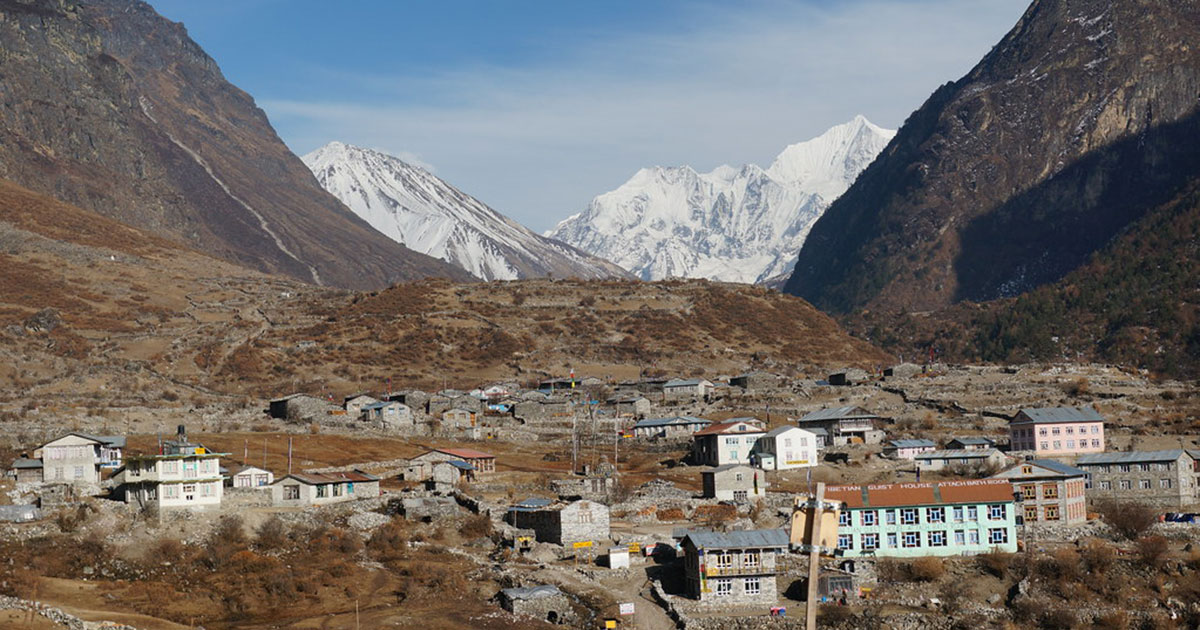
The Langtang Avalanche That Erased a Village
Meanwhile, the residents, who had spent generations cultivating the land, faced an incomparable tragedy—losing loved ones, homes, and their primary sources of livelihood. The valley, once filled with the laughter of children and the gossip of travelers, now stood in utter silence in mourning.
For those locals, trekking guides, entrepreneurs, and foreign trekkers in Langtang at the time, the disaster came from nowhere as an unimaginable nightmare. Trekkers, who had arrived seeking adventure and tranquility, suddenly found themselves struggling to survive, shattered by the debris. The communication lines were down and roads blocked; they were left stranded, waiting for an uncertain rescue. Now, the hidden Langtang Valley of the mountains was in the hope of a rescue.
Rescuing Langtang Valley from the Ruins: A Story of Hope and Strength
Soon, the news spread globally. The entire country was in shock due to the Nepal earthquake. Various districts were badly affected by the shock. Led by the Nepal army, locals from nearby villages, as well as national and international agencies, headed towards Langtang Valley for rescue. Despite the tragedy, the people of Langtang Valley refused to surrender to fate. With the help of national and international aid, NGOs, and the trekking community, the rescue operation began immediately. Many bodies were recovered, but many of them were deep under the debris and could not be retrieved. Many bodies waited for days to be identified.
The survivors were in a situation of trauma, grief, confusion, community tensions, and the uncertainties of the forthcoming monsoon. The reconstruction efforts began almost immediately. The government and private organizations facilitated the rebuilding of homes, lodges, and infrastructure. The villagers, determined to restore their heritage, played an active role in revitalizing their community. Today, Langtang Village has risen again, welcoming visitors with open arms and newfound resilience.
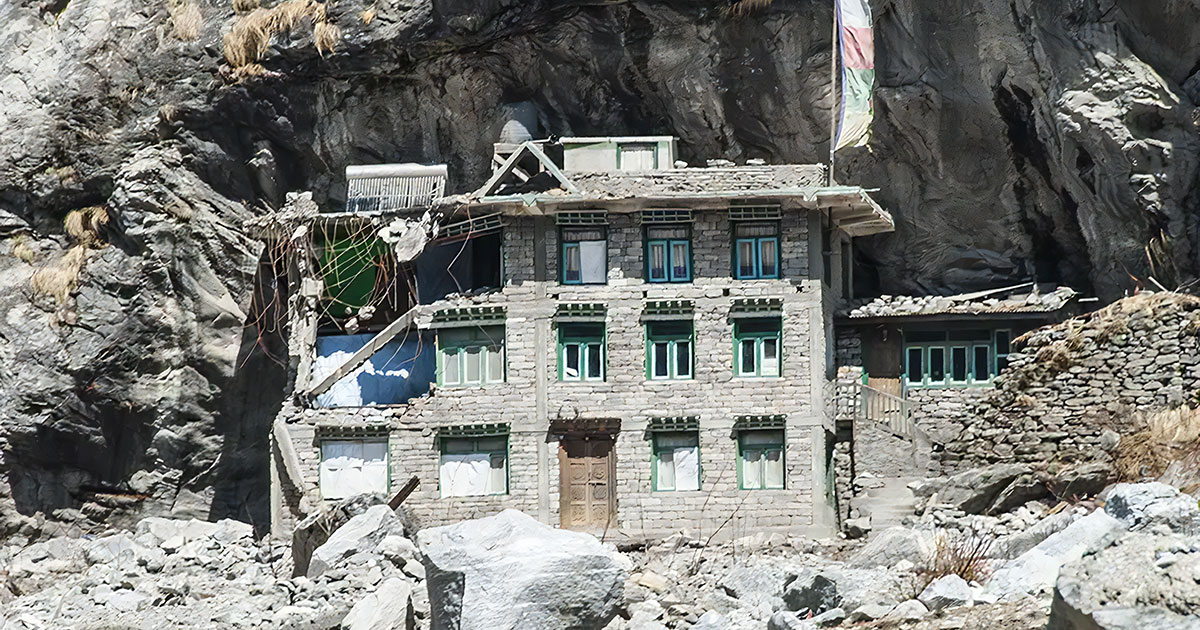
Experience the Unparalleled Beauty of Langtang Valley
The Langtang Valley Trek is now an unforgettable journey blending adventure, culture, and natural grandeur. Walk through enchanting rhododendron forests, cross suspension bridges over splashing rivers, and marvel at the towering peaks of Langtang Lirung and Ganesh Himal. Visit Kyanjin Gompa, a sacred Buddhist monastery, and taste the famous yak cheese made by the locals. This trek is not just a physical journey but an emotional connection to the resilience of people who have rebuilt their paradise from the ruins.
Why You Should Trek to Langtang Valley Now
Langtang is no longer a place of despair; it is a testament to hope and human endurance. Tourism had been the backbone of their economy, with tea houses, lodges, and guiding services providing sustenance to the entire community.
The valley is now safe for trekking, and the trails have been restored for adventurers. By visiting Langtang, you not only experience its stunning landscapes, glacial rivers, and sacred monasteries but also contribute directly to the revival of an entire community. Every trekker who walks these paths today plays a role in uplifting the lives of those who have fought against all odds to rebuild their home.
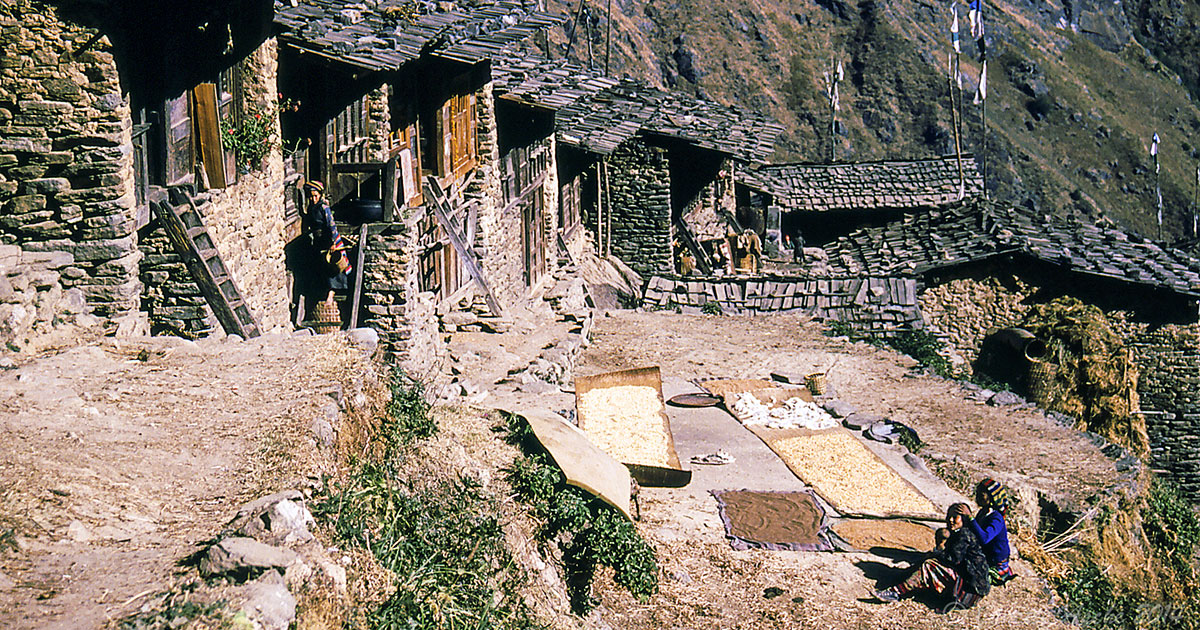
A Trek with a Purpose: Reviving the Langtang Valley Trek
By choosing to trek in Langtang, you are not just exploring one of Nepal’s most stunning landscapes but also supporting a community that has demonstrated extraordinary strength and determination. Every dollar spent on accommodation, food, and guides directly benefits the local people, helping sustain their economy and preserve their cultural heritage. Your adventure is their hope for a brighter future.
Plan Your Trek to Langtang Valley Today!
The 2015 Nepal earthquake tested Langtang Valley beyond imagination, yet its spirit remains unbroken. Today, it stands as a beacon of resilience, inviting trekkers to witness its inspiring journey of revival. The mountains still call, the trails still lead to breathtaking vistas, and the people still welcome visitors with warm hearts. Will you answer the call and walk the paths of Langtang to experience its remarkable recovery?
Be part of Langtang’s incredible transformation and contribute to the revival of this Himalayan gem. Book your trek now and embark on an adventure that is not just about nature but also about humanity’s unyielding strength in the face of adversity.
FAQs
Expand AllHow many people were killed in the Nepal earthquake?
More than 9,000 deaths were recorded and more than 22,000 injuries throughout the nation by the Gorkha Nepal earthquake of 2015.
When did the Nepal earthquake occur?
The catastrophic Nepal earthquake occurred on 25th April 2015.
What caused the Nepal earthquake?
The earthquake occurred on a convergent collision plate boundary between two giant tectonic plates, the Indian and Eurasian plates. The epicenter was eight kilometers deep at the place called Barpak in the Gorkha district.
What are the effects of the Nepal earthquake?
The Nepal earthquake of 2015 was the worst in Nepal in more than 80 years. More than 9000 people lost their lives, and many were left homeless and injured. The earthquake triggered two major avalanches in Everest and Langtang. Many world heritage sites in Kathmandu Valley collapsed.
Where is Gorkha located?
Gorkha is a historical district in Nepal’s Gandaki Zone, which is in the Western Development Region. It’s located near the border of Tibet. King Prithvi Narayan Shah, who unified Nepal, was the king of Gorkha.
How long did the Nepal earthquake last?
The earthquake that occurred on April 25, 2015, at 11:56 AM lasted approximately 50 seconds.
Where is Langtang Valley Located?
Langtang Valley is a pristine valley located in the Rasuwa district of Nepal’s Bagmati Province. It’s part of the Langtang National Park and is named after the famous Langtang mountain range.
How strong was the Nepal earthquake of 2015?
The earthquake of 2015 was one of the strongest, with a magnitude of 7.8. it was a strong wave after 1934 that killed more than 9,000 people.
How many lives were lost in Langtang Valley during the 2015 earthquake?
There is no exact record of the exact number of people who lost their lives in the Langtang avalanche but about 400 people are expected to lose their lives.
What is the symbol for the Richter scale?
The Richter Scale (ML) is what most people have heard about, but in practice, it is not commonly used anymore, except for small earthquakes recorded locally.
Who developed the Richter magnitude?
The Richter magnitude scale was developed in 1935 by Charles F. Richter of the California Institute of Technology
How can the tourists and trekkers support Langtang area now?
After the earthquake and flood in 2015, the town is trying to return to its normal situation. The trekkers and tourists can support the Langtang Valley’s local community by choosing to trek in the region, supporting local businesses like tea houses and lodges, and respecting the local culture and environment. Visiting Langtang directly provides income for rebuilding efforts and sustains livelihoods tied to tourism.
Related blog posts
Discover a choice of tourist destinations loved by most of our visitors. Whether you're on a jungle safari to spot rare animals or walking through a world heritage site, these well-planned itineraries cover the major highlights of Nepal.

